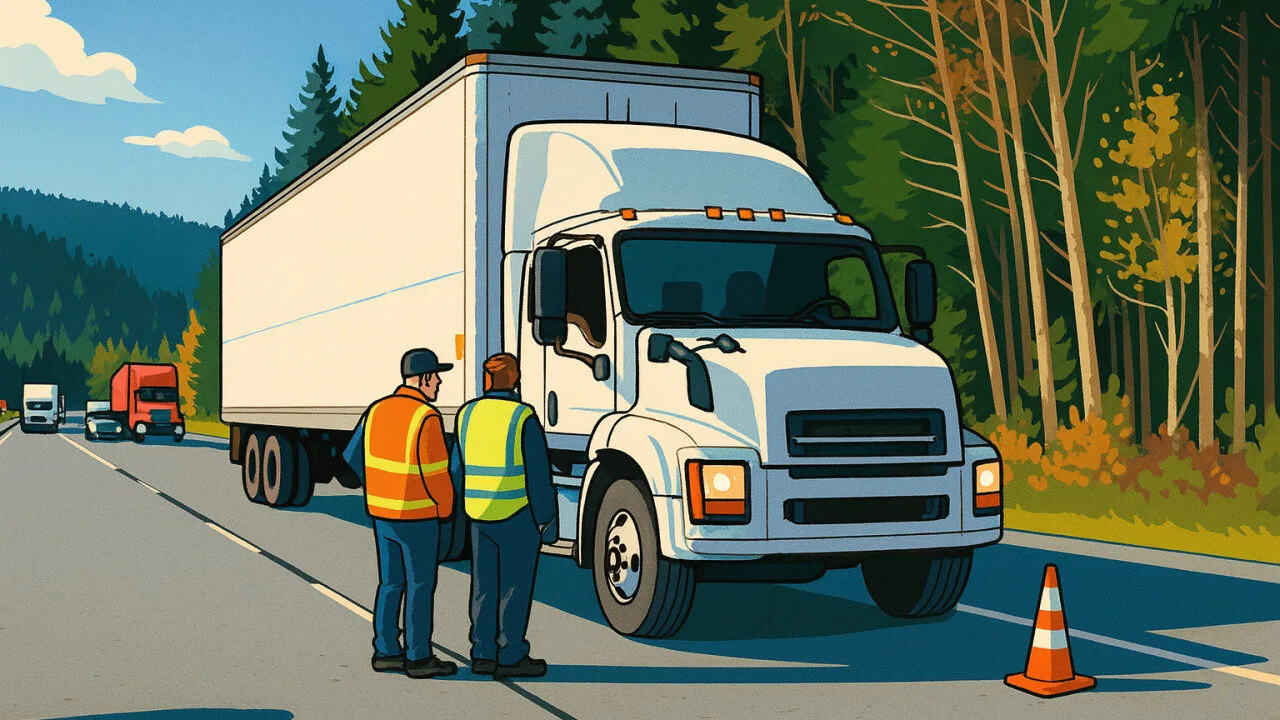A Fleet Manager’s Guide to Staying Compliant, Safe, and Road-Ready
DOT and BIT inspections might feel routine, but they carry serious weight. These aren’t just check-the-box requirements—they’re essential to keeping your fleet safe, legal, and operating without interruption.
Whether you’re hauling across state lines or managing a local delivery fleet, understanding what’s actually inspected—and what’s at stake—can help you stay ahead of violations, downtime, and compliance headaches.
What Is a DOT or BIT Inspection—and Why It Matters?
- DOT inspections are federally required by the FMCSA and apply to commercial vehicles across the U.S.
- BIT inspections are mandated in California and focus on terminal-based inspections for fleet safety.
Failing either can result in:
- Out-of-service orders at the roadside
- CSA point penalties
- Increased liability in accidents
- Missed opportunities on contracts, leases, or audits
At Matthews Motors, our certified inspections meet both FMCSA and CHP requirements, ensuring your vehicles are road-ready—and your paperwork is airtight.
What’s Covered During a Certified Inspection?
Here’s what our techs inspect and document during a standard DOT or BIT evaluation:
1. Brake System
- Brake chambers, lines, and hoses
- Slack adjuster function and stroke measurements
- Pad wear and rotor condition
- Air pressure build-up time and retention BIT inspections require detailed stroke verification and documentation.
2. Lighting & Electrical Systems
- Headlights, brake lights, turn signals, and marker lamps
- ABS indicator lights and warning functions
- Wiring harness condition and plug connectors
- Reflective tape and marker compliance
3. Wheels, Tires & Axles
- Tire tread depth and PSI
- Sidewall bulges, cuts, or exposed cords
- Loose or cracked lug nuts
- Leaking or damaged wheel seals
4. Suspension & Steering
- Leaf springs and air bags
- Shackles, bushings, and U-bolts
- Gearboxes, drag links, tie rods
- Evidence of misalignment or steering play
5. Frame, Chassis & Coupling
- Trailer frame cracks or weld issues
- Crossmembers, landing gear, and kingpins
- Fifth wheel and pintle hook wear
- Load securement points (chains, straps, rails)
6. Cab & Safety Equipment
- Windshield condition, mirrors, and wipers
- Seat belts and horn function
- Charged fire extinguisher (correct rating and mount)
- Emergency triangles and reflective vests 📂 BIT inspections may also include paperwork audits and terminal facility prep.
After the Inspection: What You’ll Receive
Every inspection includes:
- A certified DOT or BIT report (paper or digital)
- Pass/fail results with tech signature
- Repair recommendations (if applicable)
- Compliance documentation for your safety files
- Decals or stickers (where required)
Optional Add-Ons for Fleet Efficiency
For larger fleets or scheduled maintenance, we offer:
- PM services bundled with inspections
- Yard checks for pre-inspection prep
- Repair prioritization for fail items
- Digital tracking by VIN for compliance dashboards
With this approach, you always know: Who passed, what needs work, and when it’s due next.
Time for Your Next DOT or BIT Inspection?
Don’t wait until you’re flagged at a weigh station or sidelined during an audit. Get your inspection done right—and documented professionally.
Book a Certified Inspection Today: Call (706) 722-3997 or Email: service@matthewsmotors.org





